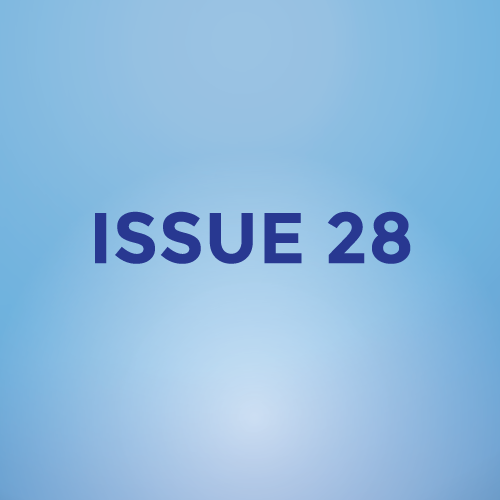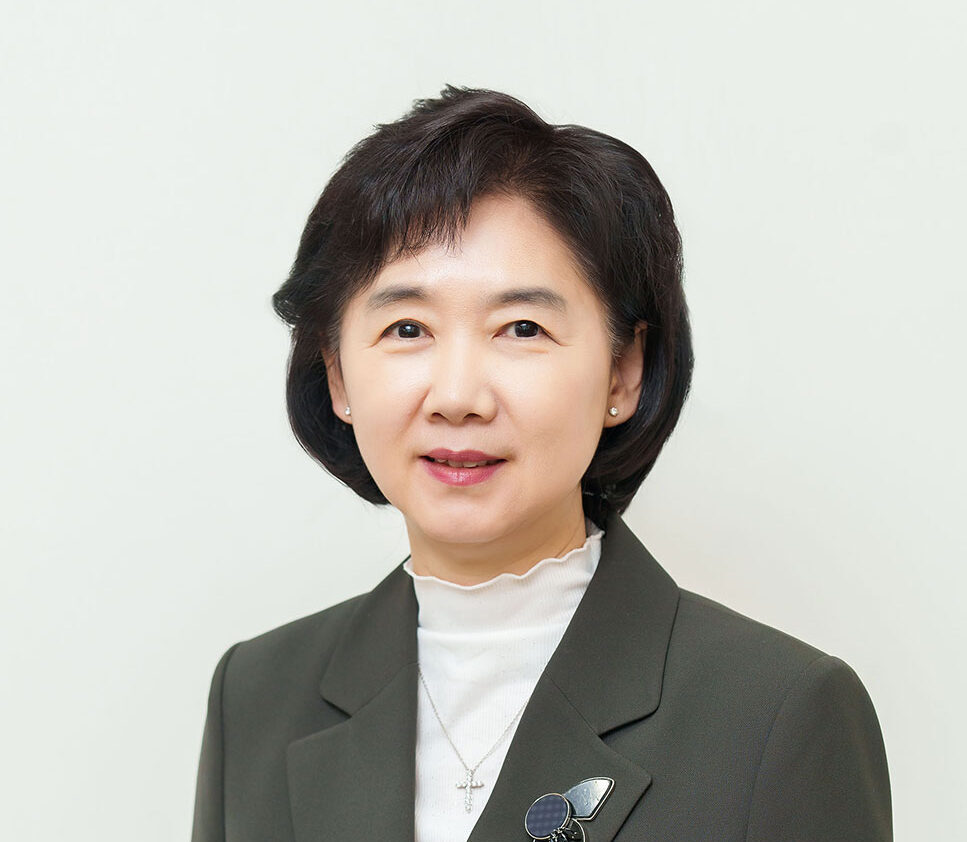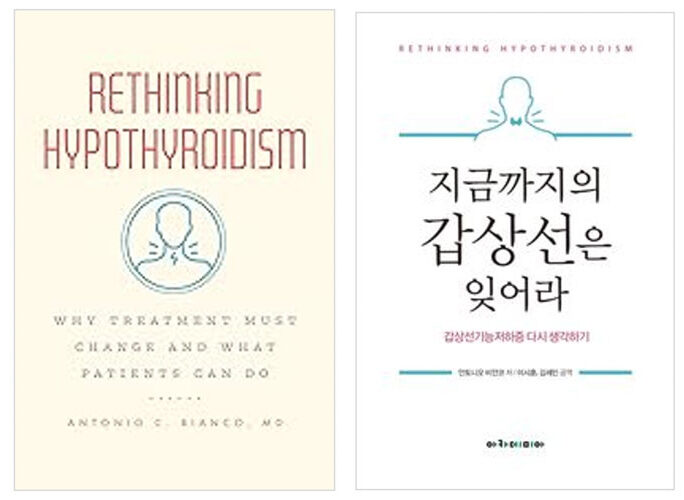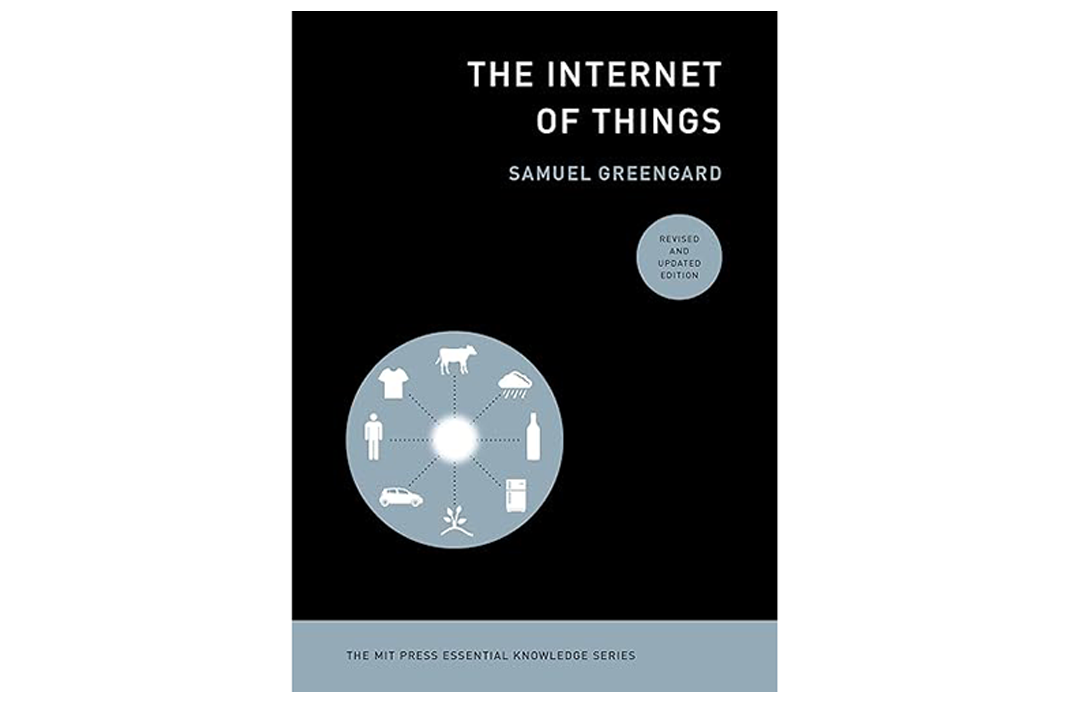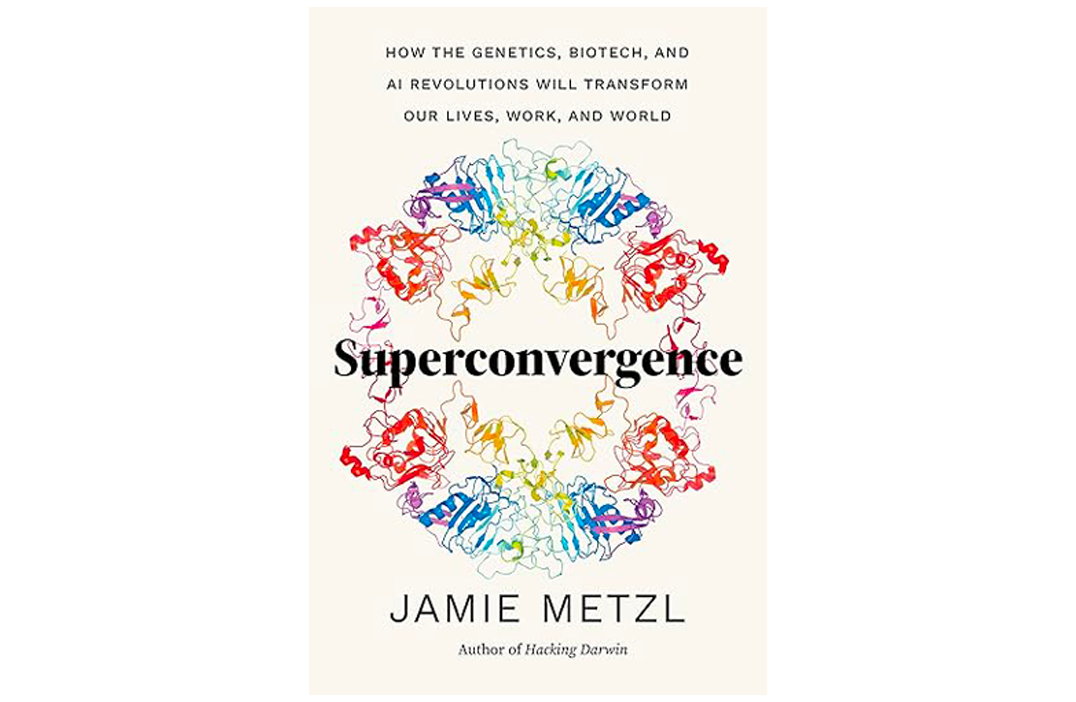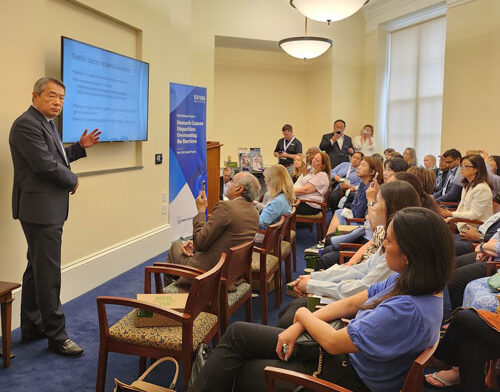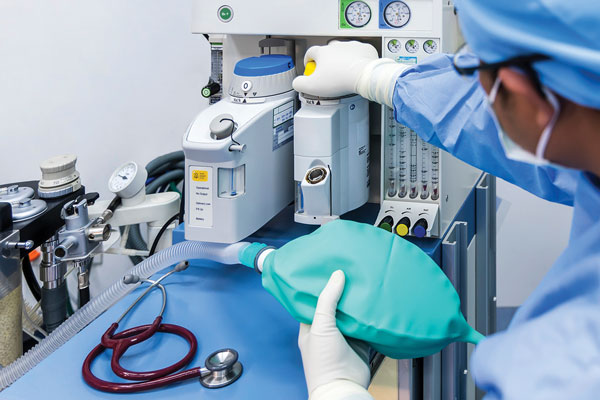Chet Thaker
CEO, TeleBright Software Corporation
Kyoung Ryul Lee, MD, PhD, CEO of the SCL Group, Seoul Clinical Laboratory, a Specialist in Laboratory Medicine What motivated your decision to attend medical school and become a physician? Could you share some particularly
FROM THE PUBLISHER W elcome to the 28th edition of the World Asian Medical Journal. This issue encompasses a captivating cover story featuring an interview with Dr. Huang, a distinguished medical professional whose journey from
INSPIRATIONAL ASIAN HEALTHCARE LEADER Youngmee Jee, MD, PhD Commissioner of Korea Disease Control and Prevention Agency INTERVIEW 01 Tell us how you decided to pursue a career in medicine. How did you choose your specialty?
Rethinking Hypothyroidism: Why Treatment Must Change and What Patients Can Do Author: Antonio C. Bianco, MD Translated by: Semin Kim, MD & Sihoon Lee, MD About the book “Rethinking Hypothyroidism” The limitations of current
Purchase LinkThe Internet of Things (Revision 2021) Author: Sam Greengard We turn on the lights in our house from a desk in an office miles away. Our refrigerator alerts us to buy milk on the
Purchase LinkSuperconvergence Author: Jamie Metzl In Superconvergence, leading futurist and OneShared World founder Jamie Metzl explores how artificial intelligence, genome sequencing, gene editing, and other revolutionary technologies are transforming our lives, world, and future. These
The Strategic Importance of Location in the U.S. for Foreign Bio and Pharma Companies DoHyun Cho, PhD (CEO, W Medical Strategy Group) The U.S. Market: A Cornerstone of Global Expansion For pharmaceutical and biotech companies,
South Korea’s Healthcare Crisis: Beyond the Numbers Dongju Shin, Dong-Jin Shin INTRODUCTION The South Korean healthcare system has recently plunged into a significant crisis following a February 2024 announcement by the government to increase medical
Overcoming Disparities in Gastric Cancer Care Chul S. Hyun, MD, PhD, MPH Gastric Cancer and Prevention Screening Program, Yale School of Medicine, New Haven, CT Gastric cancer is the fifth most common cancer worldwide,
The Global OR – An Introduction to Global Surgery Kee B. Park, MD, MPH, Dawn Poh, MBBS, MRes Introduction An estimated 5 billion people worldwide lack access to timely, affordable, and safe surgical care, including
CEO, TeleBright Software Corporation
Chet Thaker, an entrepreneur with a focus on utilizing technology to solve complex problems, reflects on the rapidly changing landscape of medicine and healthcare. With extensive experience in telecommunications and enterprise asset management, he offers a unique perspective on how Remote Patient Monitoring [RPM] is reshaping clinical practice. His expertise underscores the significance and utility of RPM in modern medicine, providing insights into its transformative potential for enhancing patient care and adapting to evolving challenges.
The Covid-19 pandemic claimed 1.1m American lives (1 out of 331). On January 11, 2022, the 7-day average infection levels peaked at 794,867[1]. The hospital systems were overwhelmed, the caregivers (doctors and nurses) were in short supply… and utterly exhausted! A fear of mortal hospital infections ruled our lives then. Caring for the patients at home therefore, not in the hospital, became an imperative. These were the recent drivers for the enthusiastic adoption of Remote Patient Monitoring (RPM) in our society. This article addresses where we are with RPM today… and what forces are shaping its future evolution.
Let’s begin with the unplanned nature of evolutions. Throughout the history of life on our planet, the evolutionary ascendance of an organism was quite often a result of a beneficial mutation that bestowed a competitive advantage to that organism towards a better adaptation to its changing environment. Disadvantageous mutations caused the demise of organism as well… only to drive the species’ evolution towards those who had the beneficial mutation. To gain perspectives on RPM’s evolution then, let’s examine the technological changes in our societies (mutations?) to the changes in human societies including population densities and pandemics (environmental factors?).
First, just what is RPM? Google search responds with: “Remote patient monitoring (RPM) is a healthcare practice where medical providers use digital devices, like blood pressure monitors, scales, or pulse oximeters, to continuously monitor a patient’s health data outside of a traditional clinical setting, allowing them to track and manage conditions without requiring frequent in-person visits; essentially, it’s a form of telehealth that uses technology to collect patient data remotely.” Let’s extend that definition to also include behavioral health monitoring for patients using non-medical devices such as mobile phones and iPads.
Let’s consider the technology drivers next, that fuel this RPM evolution.
| Penn Medicine[12] | 73% Reduction in 30-Day All-cause readmissions (from 19.3% to 5.2%). A Study of 818 Heart Failure patients over 3 years |
| Frederick Health[13] (Maryland) | 83% drop in readmissions |
| MaineHealth[14] | 75% drop in readmissions |
| Hackensack-UMC[15] | 71% drop in readmissions, 84% adherence to daily medications, and 89% adherence to daily weight recording |
No evolutionary assessment is complete without the economic considerations.
| Potential RPM Losses for a Hospital System ($16B in annual revenue) |
$ (Low) | $ (High) | ||
| 1 | Implementation | Underutilization of $5-10m investment | $1m | $4m |
| Integration problems with EHRs | $1.6m | $3.2m | ||
| 2 | Reimbursement Losses | Billing & Coding Errors / Bad documentation | $1m | $2m |
| 3 | Cybersecurity Risks | 50,000 patient records breach | $20m | |
| 4 | Patient non-adherence | Reduced effectiveness from non-compliance | $5m | $10m |
| 5 | Equipment Malfunctions | Additional diagnostic efforts & liability | $0.5m | $1m |
| Total | $10m | $40m | ||

Several organizations are known to assist healthcare practitioners with RPM related training. Here is a sample:
| Accuhealth | https://www.accuhealth.tech/rpm-university |
| URAC | https://www.urac.org/accreditations-certifications/programs/digital-telehealth-programs/ |
| University of Virginia Health | https://uvahealth.com/services/telemedicine/education |
| TeleHealth Certification Institute | https://www.careerexplorer.com/careers/remote-patient-monitoring-specialist/how-to-become/ |
We ought to consider how entrepreneurial energies may drive RPM even further.
Looking a few years down the road, a lay perspective emerges as follows:
I welcome your comments sent to cthaker@telebright.com.
![[Ready]Chet Thaker Headshot [Ready]Chet Thaker Headshot](https://nexbiohealth.org/wp-content/uploads/2025/01/ReadyChet-Thaker-Headshot-scaled-200x250.jpg)
CEO, TeleBright Software Corporation
Chet Thaker studied entrepreneurship at UCLA Anderson School of Management and has been an entrepreneur since 1988. He is focusing on expense optimization and management for IT, telecom, and utilities. As the founder of TeleBright, he has developed SaaS platforms for Enterprise Asset Management, telecom, and energy efficiency tracking, delivering innovative solutions to complex challenges. An expert in his field, Chet has authored a book on telecommunications contracts and taught telecom systems courses at UC Irvine. His current interests include advancements in Artificial Intelligence and Robotic Process Automation. Chet also serves on the Board of Trustees of the William & Mary Foundation, highlighting his leadership and dedication to innovation.


